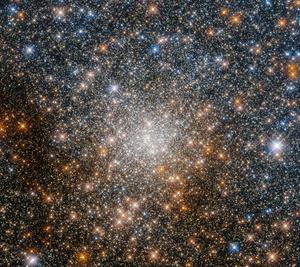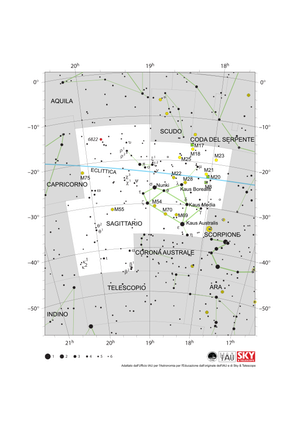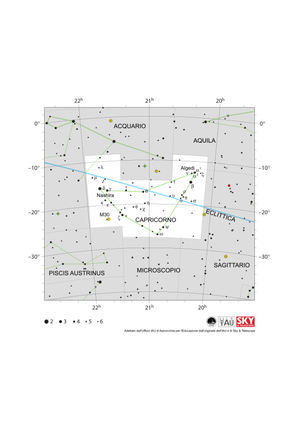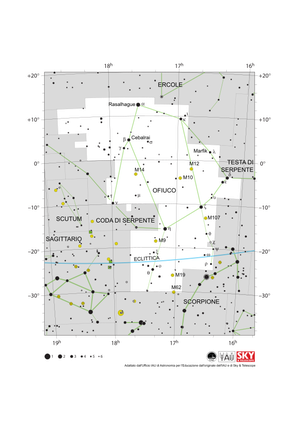Termine del Glossario Ammasso globulare
Descrizione Un ammasso globulare è un gruppo di stelle relativamente massicce, di forma sferica e densamente ammassate, legato gravitazionalmente e stabile. Nella Via Lattea, gli ammassi globulari sono costituiti solo da stelle molto vecchie, in genere di età compresa tra 11 e 13 miliardi di anni. La Via Lattea ha circa 160 ammassi globulari (per lo più situati nel suo alone), mentre le galassie ellittiche giganti possono averne molte migliaia.
Termini correlati
Vedi questo termine in altre lingue
status del termine e della definizione La definizione originale di questo termine in inglese é stata approvata da un ricercatore astronomo e da un docente La traduzione di questo termine e della sua definizione sono ancora in attesa di approvazione
Il Glossario Multilingue OAE é un progetto dell'Ufficio IAU per la didatticadell'astronomia (OAE) in collaborazione con l'ufficio IAU OAO per la DivulgazioneAstronomica (OAO). I termini e le definizioni sono stater scelte, scritte eriviste da un impegno collettivo da parte di OAE, i Centri e i Nodi OAE e iCoordinatori Nazionali per la Didattica dell'Astronomia e da altri volontari.Potete trovare una lista completa dei crediti, Tutti i termini del glossarioE le definizioni sono pubblicate su Creative Commons CC BY-4.0 licenza e dovrebbero essere accreditate ad IAU OAE.
Se noti un errore di fatto o di traduzione in questo termine del glossario, per favore contattaci.
File multimediali correlati
Stelle in ammassi globulari vicino al cuore della Via Lattea
Crediti: ESA/Hubble & NASA, R. Cohen link ai crediti
License: PD Dominio Pubblico icone
Diagrami correlati
Mappa della costellazione dello Scorpione
Crediti: Adattato dall'Ufficio IAU di Astronomia per l'educazione dall'originale di IAU/Sky & Telescope
License: CC-BY-4.0 Creative Commons Attribuzione 4.0 Internazionale (CC BY 4.0) icone
Mappa della costellazione del Sagittario
Crediti: Adattato dall'Ufficio IAU per l'Astronomia per l'Educazione dall'originale di IAU/Sky & Telescope
License: CC-BY-4.0 Creative Commons Attribuzione 4.0 Internazionale (CC BY 4.0) icone
Mappa della costellazione del Capricorno
Crediti: Adattato dall'Ufficio IAU di Astronomia per l'Educazione dall'originale di IAU/Sky & Telescope
License: CC-BY-4.0 Creative Commons Attribuzione 4.0 Internazionale (CC BY 4.0) icone
Mappa della Costellazione dell'Acquario
Crediti: Adattato dall'Ufficio IAU ai Astronomia per l'educazione dall'originale di IAU/Sky & Telescope
License: CC-BY-4.0 Creative Commons Attribuzione 4.0 Internazionale (CC BY 4.0) icone
Mappa della costellazione dell'Ofiuco
Crediti: Adattato dall'Ufficio IAU di Astronomia per l'Educazione dall'originale di IAU/Sky & Telescope
License: CC-BY-4.0 Creative Commons Attribuzione 4.0 Internazionale (CC BY 4.0) icone














